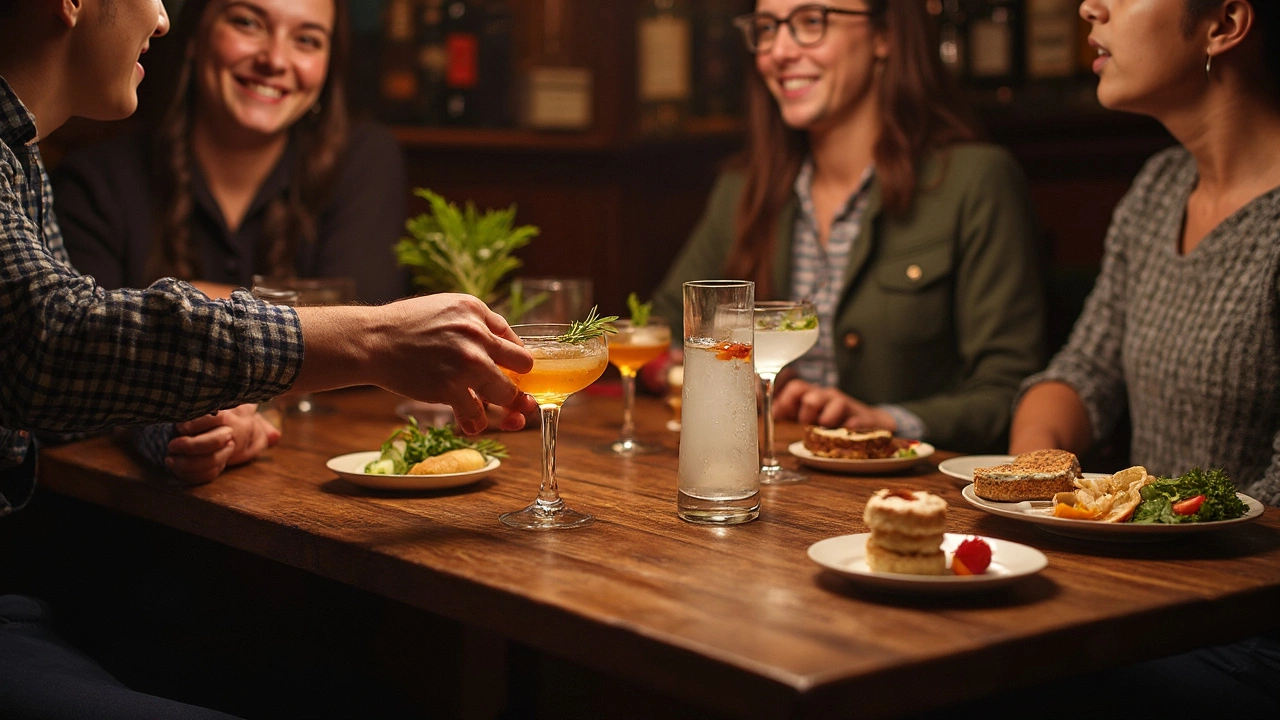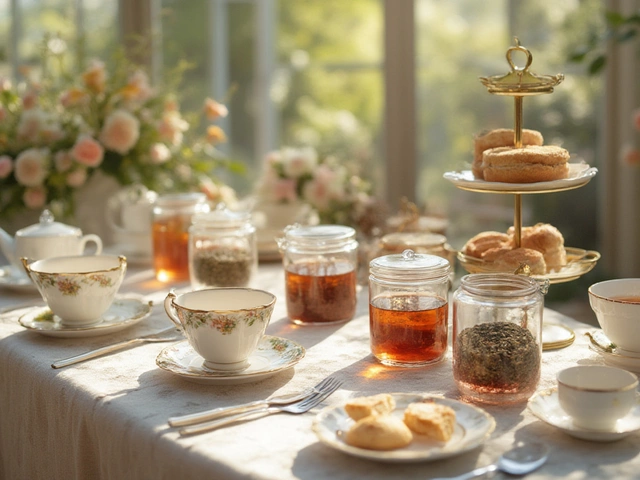Breath in Wine Tasting: Boost Your Aroma Skills
Ever wonder why some people seem to sniff a wine and instantly know its story? It’s not magic—it’s how you use your breath. Your nose is the gateway to flavor, and a few breathing tricks can turn a casual sip into a full‑on adventure.
Why Breath Matters More Than You Think
When you take a quick sniff, you only catch the surface notes. A deeper inhalation pulls volatile compounds deeper into the olfactory receptors, revealing hidden fruit, spice, or oak layers. Think of it like pulling a thread from a sweater; the longer you pull, the clearer the pattern.
Most wine newbies breathe shallowly, missing out on the wine’s true character. By expanding your chest and inhaling slowly, you give the wine time to release its aromas. This simple change can make you spot a hint of blackcurrant in a Merlot or a whisper of vanilla in a Chardonnay that you’d otherwise miss.
Practical Breathing Drills for Your Next Tasting
1. Zero‑in breath: Hold the glass at eye level, cup it lightly with your hand, and take a slow, deep breath through your nose. Pause for two seconds before exhaling. This lets the wine’s aromatics settle, so you catch the full bouquet.
2. Twist‑and‑sniff: Gently swirl the wine, then tilt the glass 45 degrees and inhale. The twist releases more volatile molecules, and the tilt guides them toward your nose. Repeat once more, noting any new scents.
3. Palate reset: Between wines, sip a neutral drink like room‑temperature water or a small bite of plain cracker. Take a clean breath—no sniffing—just a normal inhale. This clears the olfactory palate and prevents flavor carry‑over.
These drills take less than a minute but pay off big time, especially when you’re tasting multiple wines in a row.
Another overlooked tip is to avoid strong perfumes or colognes before a tasting. Your own scent can clash with the wine’s aroma, making it harder to identify subtle notes. If you’re the one hosting, suggest a “no fragrance” policy for the tasting group.
Finally, remember that the room’s temperature and ventilation affect breath. A warm, stuffy room can mute aromas, while a slightly cooler, well‑ventilated space lets scents travel better. If you can’t control the venue, bring a small portable fan to gently stir the air around the glasses.
Putting these breathing habits into practice will sharpen your senses, make you sound more confident, and most importantly, let you enjoy wine the way it was meant to be enjoyed—through sight, smell, and taste.
So next time you raise a glass, pause, take a deeper breath, and let the wine tell its story. You’ll be surprised how much more interesting the experience becomes.
Ever wondered which spirits leave little to no trace on your breath? This article explores various alcoholic beverages that tend to have a muted impact on your breath, diving into why some spirits are less detectable. Learn about the science behind the aroma of alcohol, surprising tricks to minimize odor, and tips for enjoying your drinks discreetly. Perfect for those looking to indulge without the giveaway whiff.
View Details

